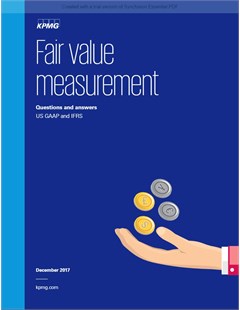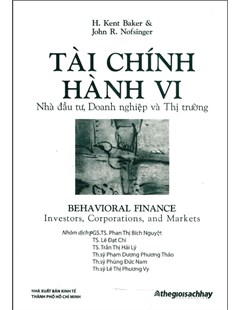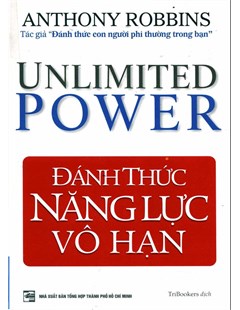Fair value measurement: Questions and answers
The objective of the fair value measurement is to estimate the price at which an orderly transaction for the sale of an asset or for the transfer of a liability would take place between market participants at the measurement date under market conditions. current school. IFRS 13 Measurement of fair value applies to IFRSs that require or permit fair value measurement or disclosure and provides a single IFRS framework for fair value measurement and disclosure requirements. fair value measurement information.
2017
The use of fair value measurement for financial reporting continues on an upward trajectory and presents significant challenges, requiring judgment and interpretation.Fair value measurement is not a static discipline and markets are demonstrating increasing interconnectedness and are inherently unstable.
Further, the regulatory frameworks continue to change. This means that new valuation methodologies are being created and refined as they are adopted by market participants. And as the fair value standards dictate, it is the market participant view that shapes fair value.As a result, preparers of financial statements cannot be complacent about the methodologies they use to measure fair value.
Management needs to monitor developments in valuation techniques to ensure that its valuation models appropriately reflect the types of inputs that market participants would consider.But monitoring alone isn’t sufficient. Regulators frequently question preparers about many areas of fair value measurement, including the appropriateness of the assumptions used and disclosures.
The European regulator, ESMA,1 issued a report in July 20172 as part of the IASB’s implementation review that discussed the application of IFRS 13, Fair Value Measurement. It found that the IFRS 13 requirements were well incorporated into the financial statements of the sampled issuers, but identified areas of improvement when applying IFRS 13.
For example, the report called for more clarity in the standard in areas where there is uncertainty in practice. In addition, the report called for improvement in the level of compliance and comparability in applying IFRS 13.Although the fair value accounting principles under US GAAP and IFRS are largely converged, achieving global comparability in measuring fair value is a continuous challenge in an ever-changing world. We are pleased to help you navigate the complexity by providing our current guidance in this third edition of Questions and Answers.
Contents of the book:
Kimber Bascom, Fair value measurement: Questions and answers, Knxb, 2017
 |  |  |
| Tài chính hành vi: Nhà đầu tư, doanh nghiệp và thị trường | Đánh thức năng lực vô hạn = Unlimited power |
Thứ Năm, 14:21 10/06/2021
Copyright © 2018 Hanoi University of Industry.